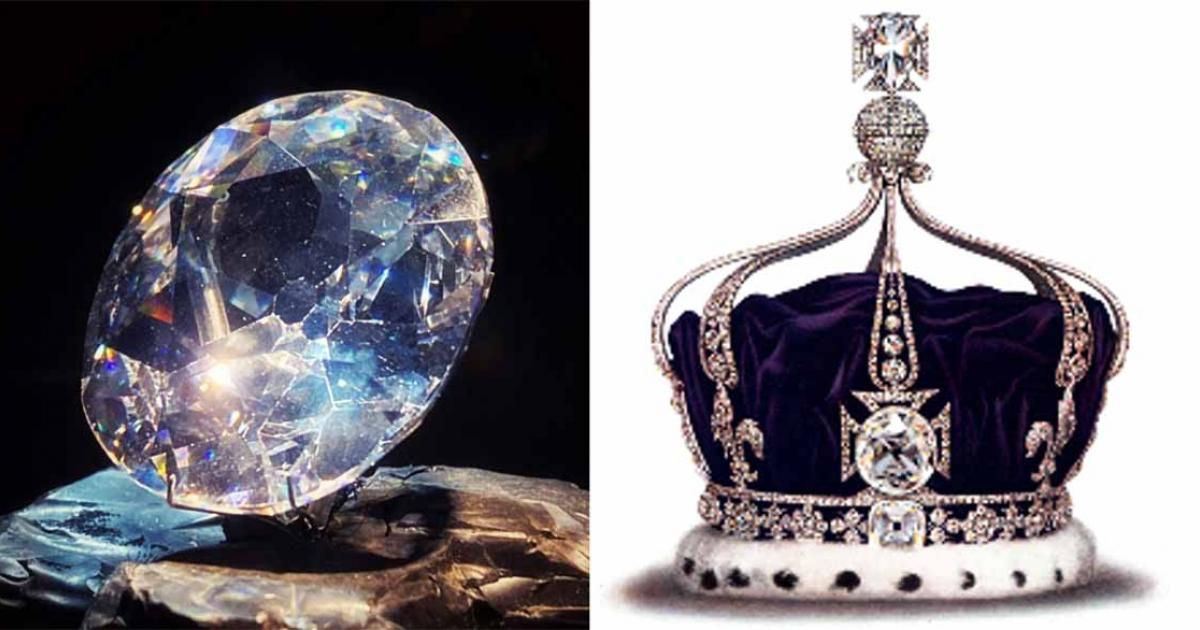Hyderabad's Lost Heritage - Revisiting Shapurwadi.
Shapur Wadi: A Lost Jewel of Hyderabad's Architectural Past
Introduction
Once standing gracefully on Saifabad Road, facing the serene waters of Hussain Sagar Lake, Shapur Wadi was among the most charming villas in Hyderabad during the late 19th century.
This post revisits its history and architectural elegance, offering a glimpse into a forgotten legacy.
The Builder and the Location
Shapur Wadi was built in 1878–79 by Mr. Shapurjee Eduljee Chenoi, a respected official who served as Secretary to Sir Khurshed Jah Bahadur.
The villa was located to the northwest of the Black Rocks, nestled under majestic granite outcrops and surrounded by a flourishing garden of flowers, shrubs, and palm trees.
Architecture and Layout
Residential Quarters
The villa was a stylish, single-story building, split into two main sections connected by a verandah. The main section served as the residential quarters. Its entrance featured a grand portico supported by Grecian columns, leading into an elegant reception room.
This reception hall was paved with specially imported Minton tiles and painted a soft greenish-blue (eau-de-nil), which provided a graceful backdrop to numerous works of art and large mirrors. The room was tastefully furnished, with many chandeliers hanging from the high ceiling, enhancing its grandeur.
Dining and Billiards Rooms
Beyond the reception room was a cozy dining area furnished in modern style, decorated with portraits of family members. To the right of the reception was a well-appointed billiard room that displayed an oil painting of Mr. Chenoi, created about twenty years before. This room opened onto the verandah that connected to the ballroom.
The Ballroom and Event Spaces
Design and Structure
The ballroom was located to the right of the main residence and had its own grand entrance, approached by a wide staircase from the garden. The rooms to the north, south, and east of the ballroom included additional reception and supper rooms, forming three sides of a square layout. These were surrounded by a beautifully crafted iron-roofed verandah supported by decorative iron columns and arches.
The ballroom itself was large and finely finished, with Minton tiles underfoot and lavish decorations on the walls. Grecian arches on both sides of the room created a central hall flanked by two smaller adjoining spaces.
Functionality and Ambience
The southern hall functioned as a sitting and reading room, while the northern hall was set up as a supper room. Together, they created a space that was both elegant and inviting. When lit for a celebration—with hundreds of candles in crystal chandeliers and radiant wall lamps—the entire space transformed into a magical, fairy-tale setting.
Legacy of Generosity
Mr. Chenoi was widely admired for his generosity. He often allowed friends and even the broader Hyderabad public to use the ballroom and its surroundings for dances, social gatherings, and grand parties.
Conclusion
Though Shapur Wadi no longer stands today, it once represented a blend of refined architecture, social grace, and elite hospitality. Through this account, its legacy continues to live on as a symbol of Hyderabad’s rich cultural and architectural heritage.
References
Landmarks. Page 202 & 203
Pictures:
2&4 - AI generated based on originals.







Comments
Post a Comment